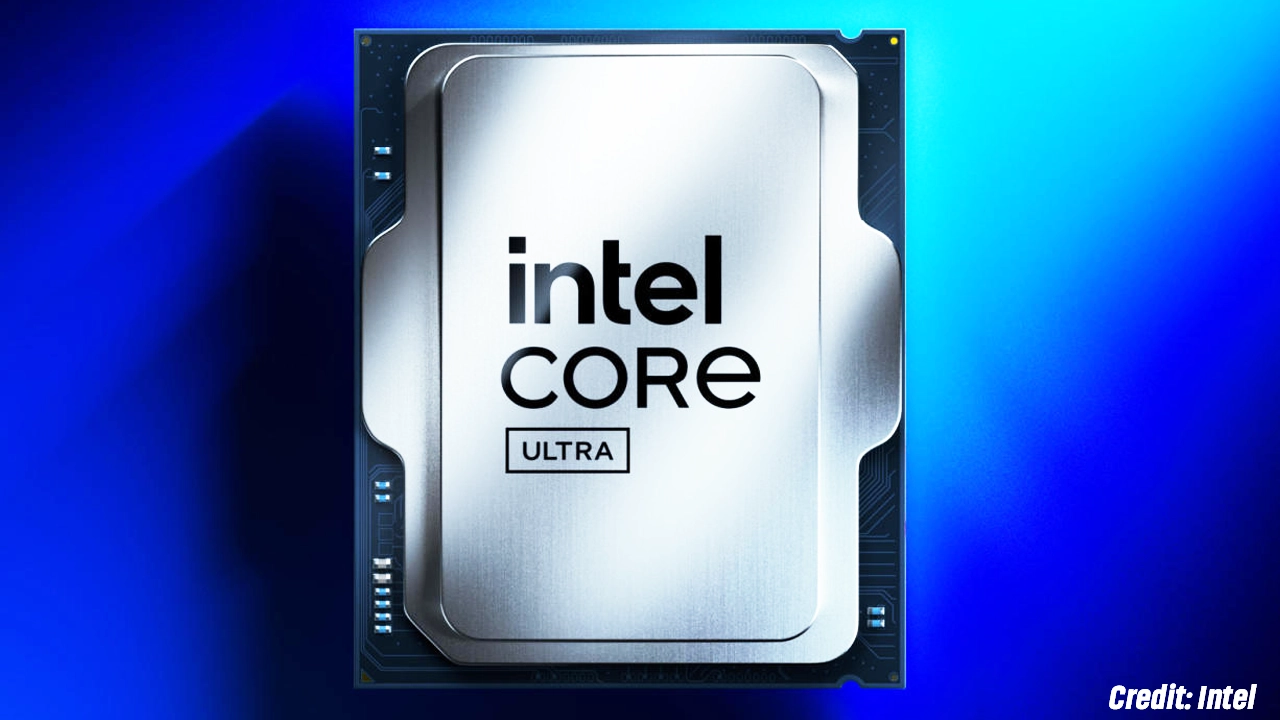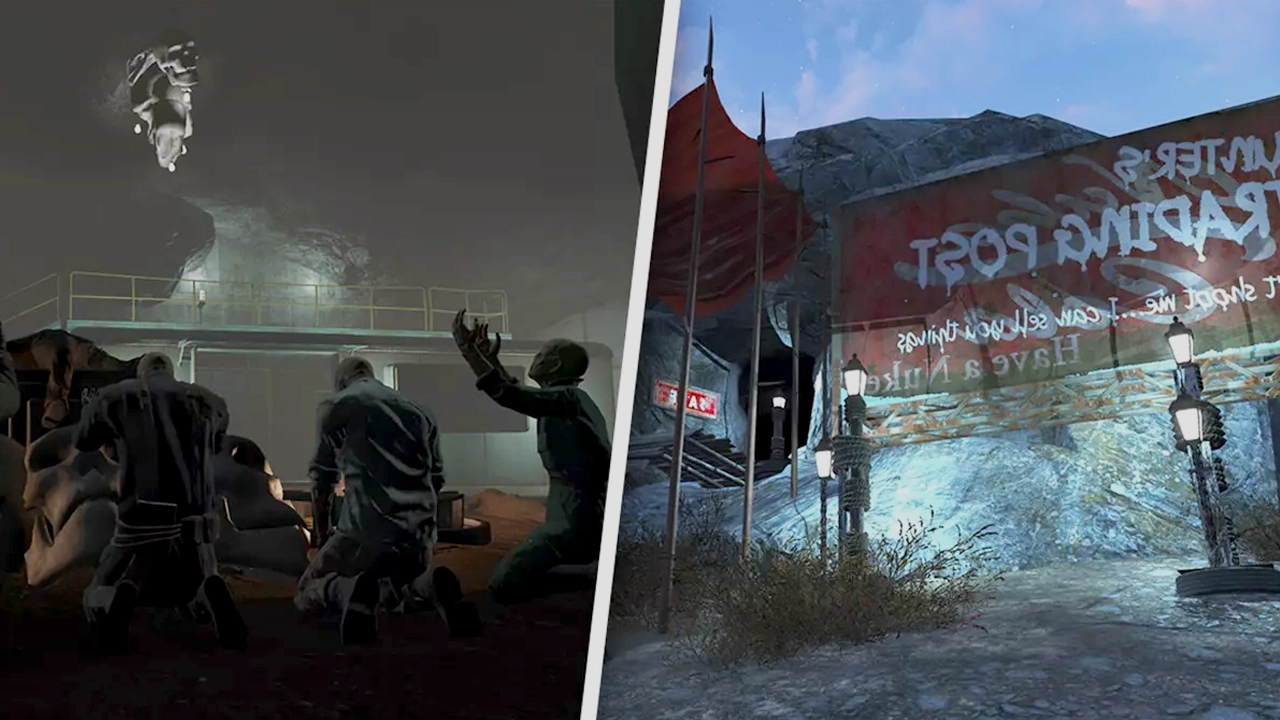Intel recently began shipping its upcoming Nova Lake processors to its select partners for the purpose of validation and research. According to a report by Tom’s Hardware on January 21, 2025, this is a major development that shows Nova Lake is well on its way through the most critical development phases before its eventual release in 2026-2027.
Details and Specifications Of Nova Lake
A microprocessor manifest dated December 9, 2024, issued and marked as free of charge – and indeed showed a test chip called NVL, short for Nova Lake. Although none of these documents indicate anything about chip characteristics, they at least implicitly prove the fact that yes, Intel indeed ships out Nova Lake samples for testing.
Rumor has it that Nova Lake will feature Coyote Cove Performance cores, formerly called Panther Cove, paired with Arctic Wolf Efficiency cores. Specific performance numbers and architectural enhancements are not being disclosed for the time being.
Manufacturing Strategy
Former Intel CEO Pat Gelsinger has indicated that the majority of Nova Lake processors will be manufactured in-house, likely utilizing Intel’s 18A process technology. Only a select few SKUs are expected to be outsourced, reflecting Intel’s strategic move to reduce reliance on external foundries like TSMC.
Technical Enhancements
Nova Lake chiefly tries to resolve some of the major performance bottlenecks that Arrow Lake had in store. More precisely, there was suboptimal L3 cache access latency caused by an off-die memory controller and also a slower ring bus architecture compared to the model, which choked performance in application memory. Leaks indicate that, to alleviate these issues, Panther Lake will reintegrate the IMC back into the CPU tile, just like it was with Lunar Lake. Nova Lake is expected to further optimize this integration for better speeds and efficiency in memory access.
Socket Compatibility and Platform Longevity
Nova Lake is going to bring along a new socket design, making the current LGA 1851 platform one of the shortest-lived, if not for Intel, then at least until Panther Lake gets an eventual adaptation for desktops. Such transitions are very important for motherboard manufacturers and consumers looking to plan for future upgrades.
Future Developments
Not only Nova Lake, but Intel is also actively developing software support for the next CPU generations, such as its expected successor, Razor Lake. Some Linux patches have been found referencing these future processors, a signal of continuous efforts to assure compatibility and optimization in various operating systems.
Server-Specific Innovations
Intel’s roadmap also included server-grade processors. Due soon and only with Efficiency cores, the Clearwater Forest chips will have what Intel is calling “Local Cache“. This will be the company’s answer to AMD’s V-Cache and will work by placing CPU chipsets—each chipset containing several cores and some private caches—on top of a base tile. That base tile can be configured with a varying amount of shared L3 cache. While this is currently exclusively used in Intel’s server processors, there is the hope that it will later trickle down to consumer products.
Check out: PlayStation Drops 9 Free Games – Download Them Now on PS4 & PS5!
Conclusion
It’s a highly-critical date for Intel’s processor development timeline – distribution of Nova Lake CPUs to partners. The industry expects to hear more details about the capabilities and architectural innovations they are subject to intense validation and research validation.
Intel has independent strategies when it comes to in-house production and socket design, and the impact seems likely to last some years to come. Nevertheless, more concrete insights would soon come up about how Nova Lake will affect the future of computing technology as the date of expected-window release approaches.








